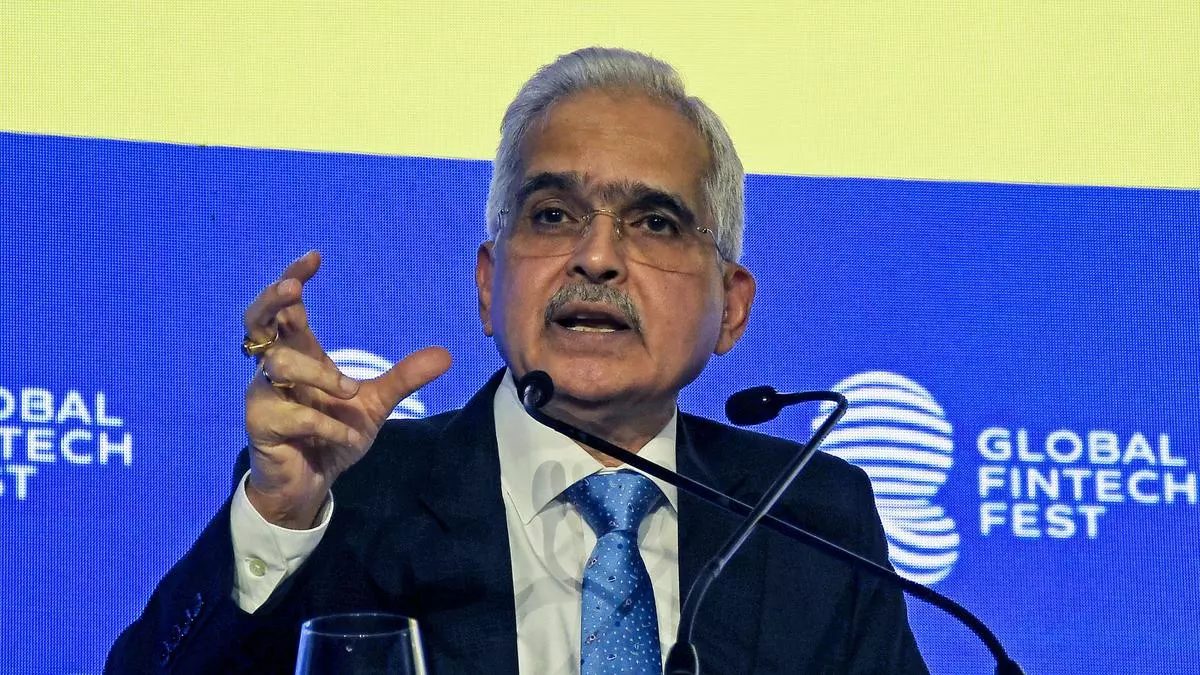MPC cannot afford to look the other way despite moderating inflation: RBI Guv Das
The Monetary Policy Committee (MPC) cannot afford to look the other way despite retail inflation moderating into the tolerance band of +/- 2 per cent around the 4 per cent target, said RBI Governor Shaktikanta Das.
“Inflation has moderated from its peak of 7.8 per cent in April 2022….but we still have a distance to cover and can not afford to look the other way,” said Das at the third annual conference of the Bretton Woods Committee’s Future of Finance Forum in Singapore.
Retail (Consumer Price Index/ CPI- based) inflation rose marginally to 3.65 per cent in August versus 3.54 per cent in July.
In his August 8th bi-monthly monetary policy statement, the Governor noted that the expected moderation in headline inflation during the second quarter of 2024-25 on account of favourable base effects is likely to reverse in the third quarter.
Das’ observations come even as two external members of the six-member Monetary Policy Committee have made a case for a 25 basis points repo rate cut coupled with a change in the monetary policy stance to “neutral” from “withdrawal of accommodation”.
Touching upon some salient risks to the global macroeconomic outlook, he observed that the momentum of global disinflation is slowing, warranting caution in easing monetary policy.
“The persistence of inflation, particularly in the services sector, poses a significant risk. Fuelled by a combination of elevated wage growth and constrained productivity, these factors are placing the balance sheets of financial intermediaries at risk from recognised and unrecognised valuation losses,” the Governor said.
He cautioned that the stickiness in inflation could delay the return to price stability which, in turn, increases external, fiscal and financial risks. In such a scenario, monetary policy management by Central Banks has to be prudent and supply-side measures by government have to be proactive.
Referring to the unprecedentedly high levels of global debt, which has reached $315 trillion or 333 per cent of global GDP according to the 2024 estimates of the Institute of International Finance, Das said at these levels, the debt overhang poses significant spillover risks to EMEs (emerging market economies). In particular, the low-income and some middle-income countries are very vulnerable.
“Coexistence of high levels of debt and elevated interest rates can feed a vicious cycle of financial instability through impairment of government and private-sector balance sheets. Fiscal deficits or net accretions to debt stocks are higher than pre-pandemic levels,” he said.
“There also appears to be little scope for improvements in fiscal aggregates, given the fact that 2024 – the Great Election Year – is seeing 88 economies going into election cycles. Needless to emphasise that fiscal consolidation has become even more crucial than before for achieving the arduous ‘last mile of disinflation,” the Governor said.
For emerging economies such consolidation could also lessen the incidence and severity of capital outflows by improving their ratings.
The Governor cautioned that increased and persisting geopolitical risks can further add to the heightened risk aversion among investors, prompting flights to safety and volatility in asset prices.
Countries at the receiving end of such a situation have to build their own buffers and strengthen their resilience through appropriate policy responses.
